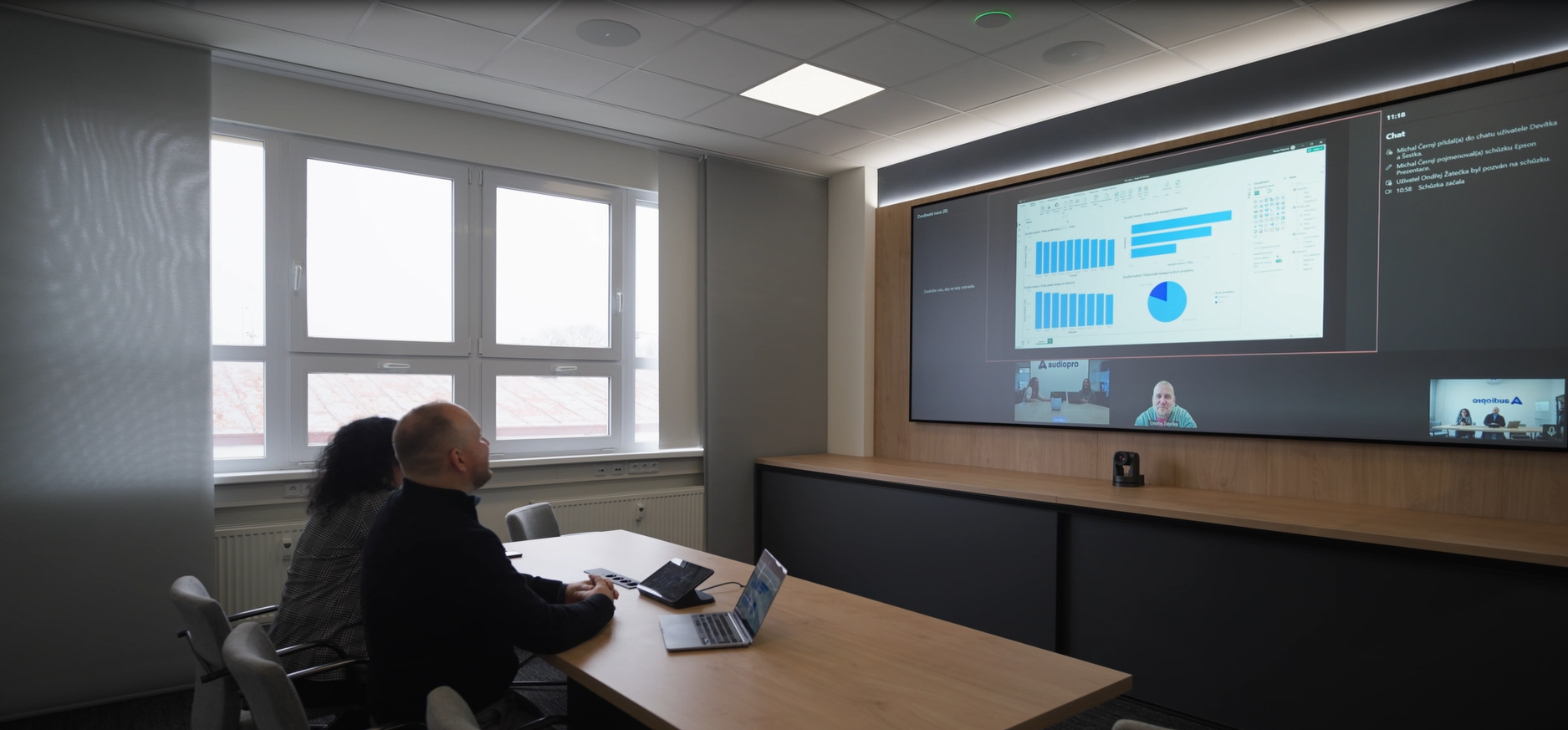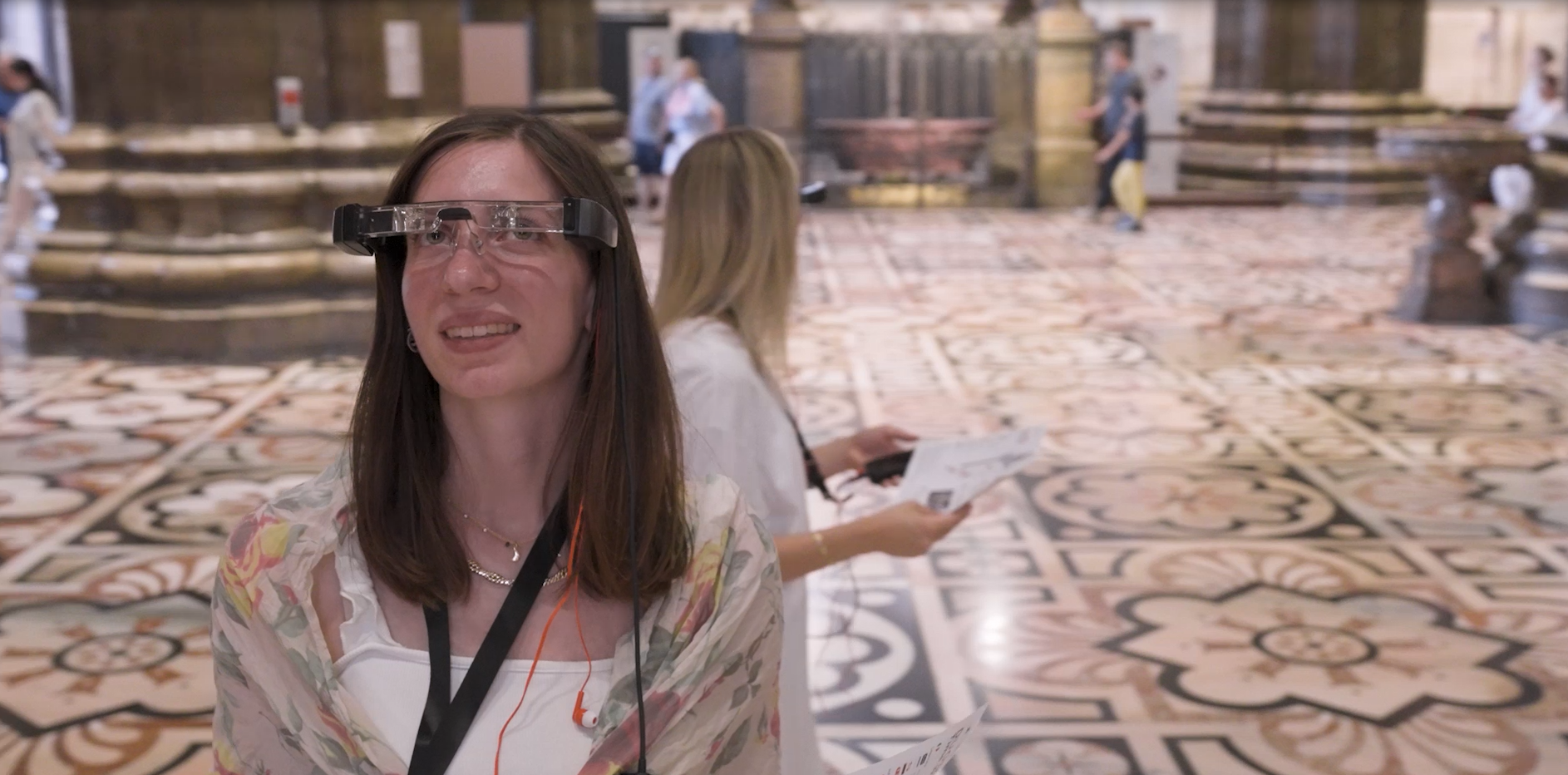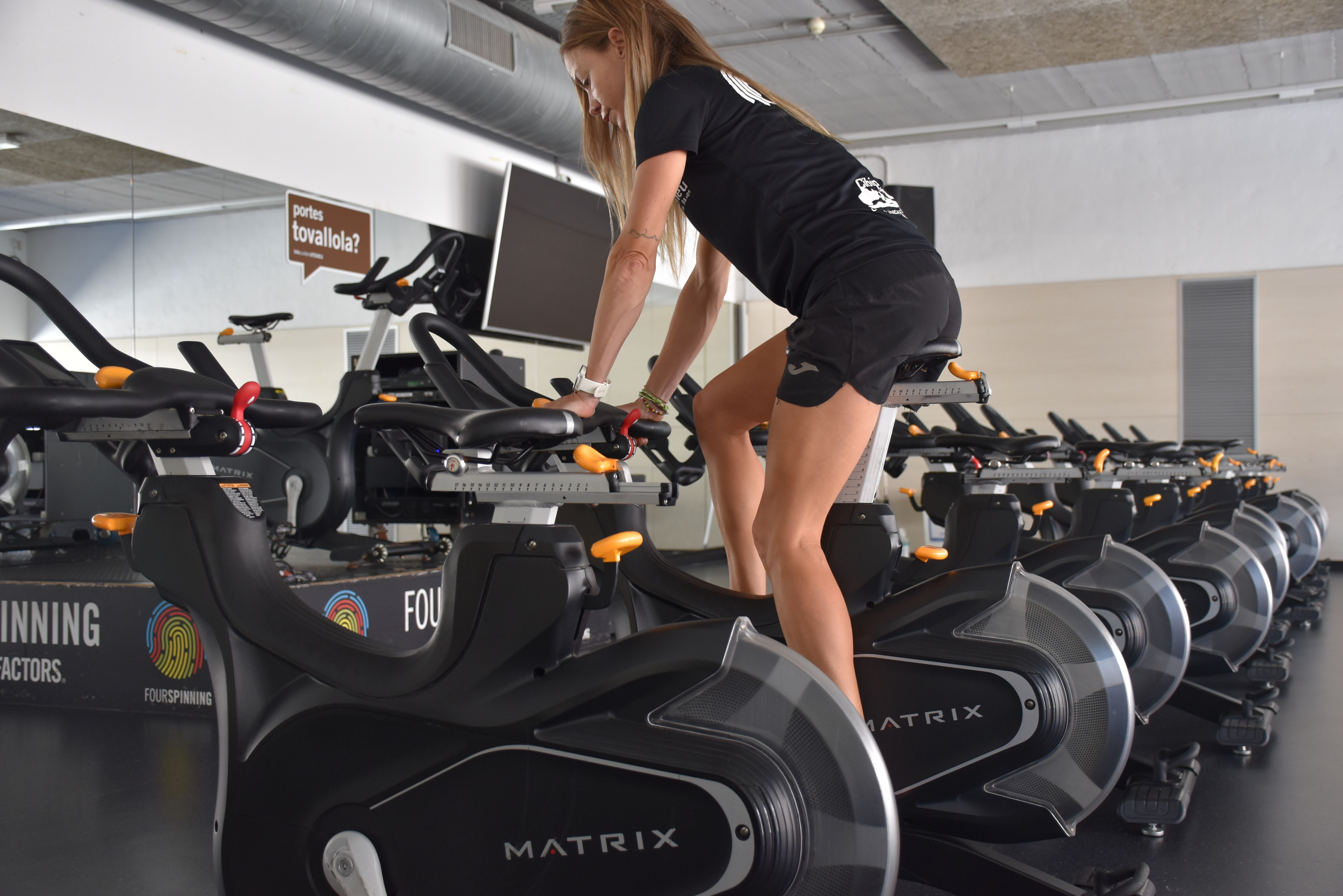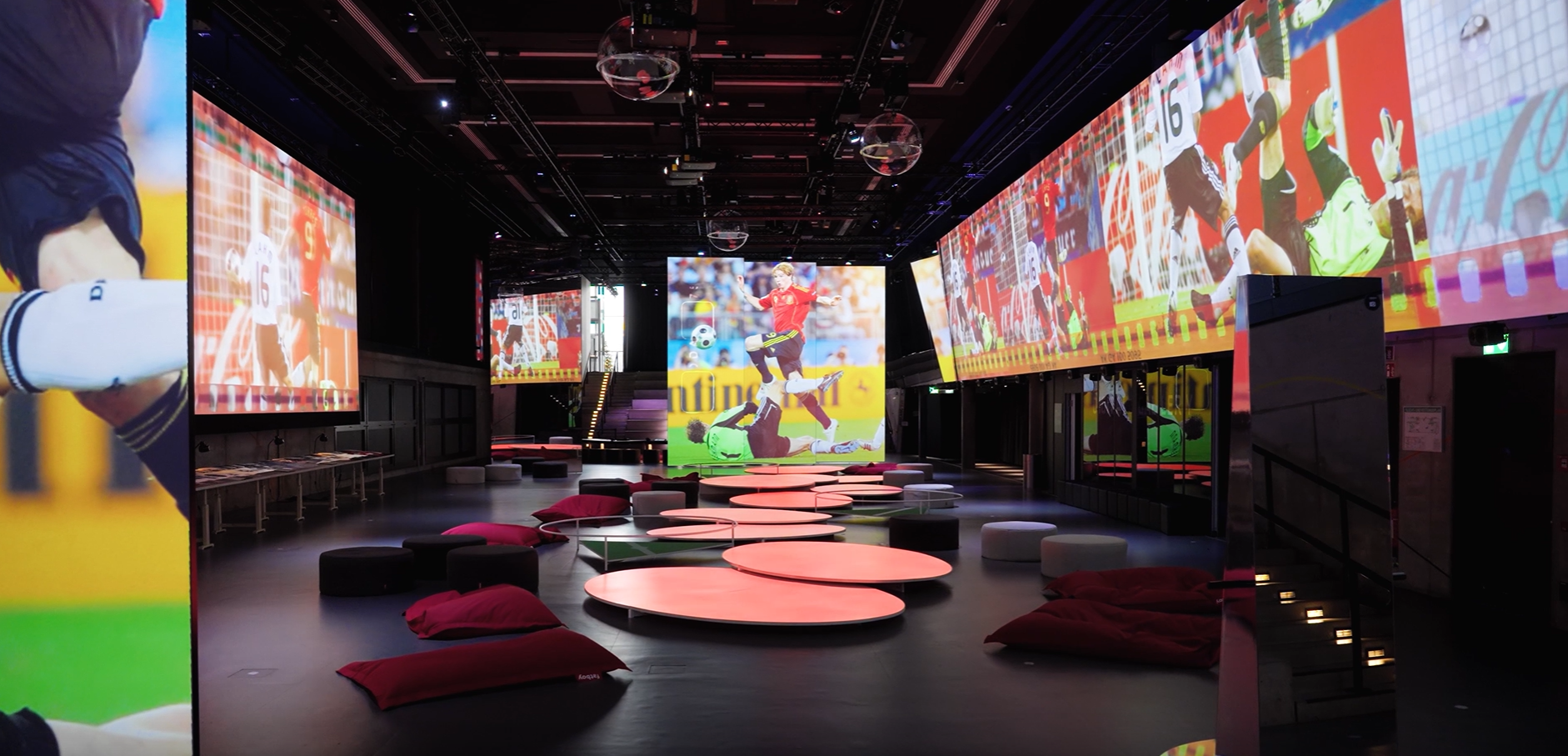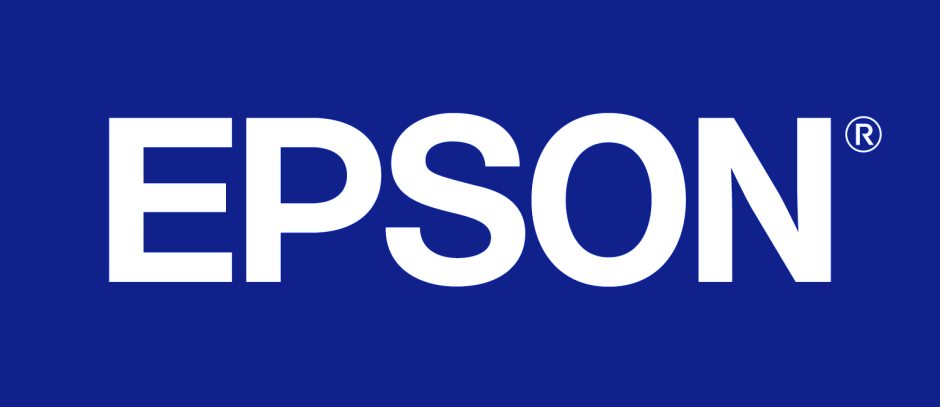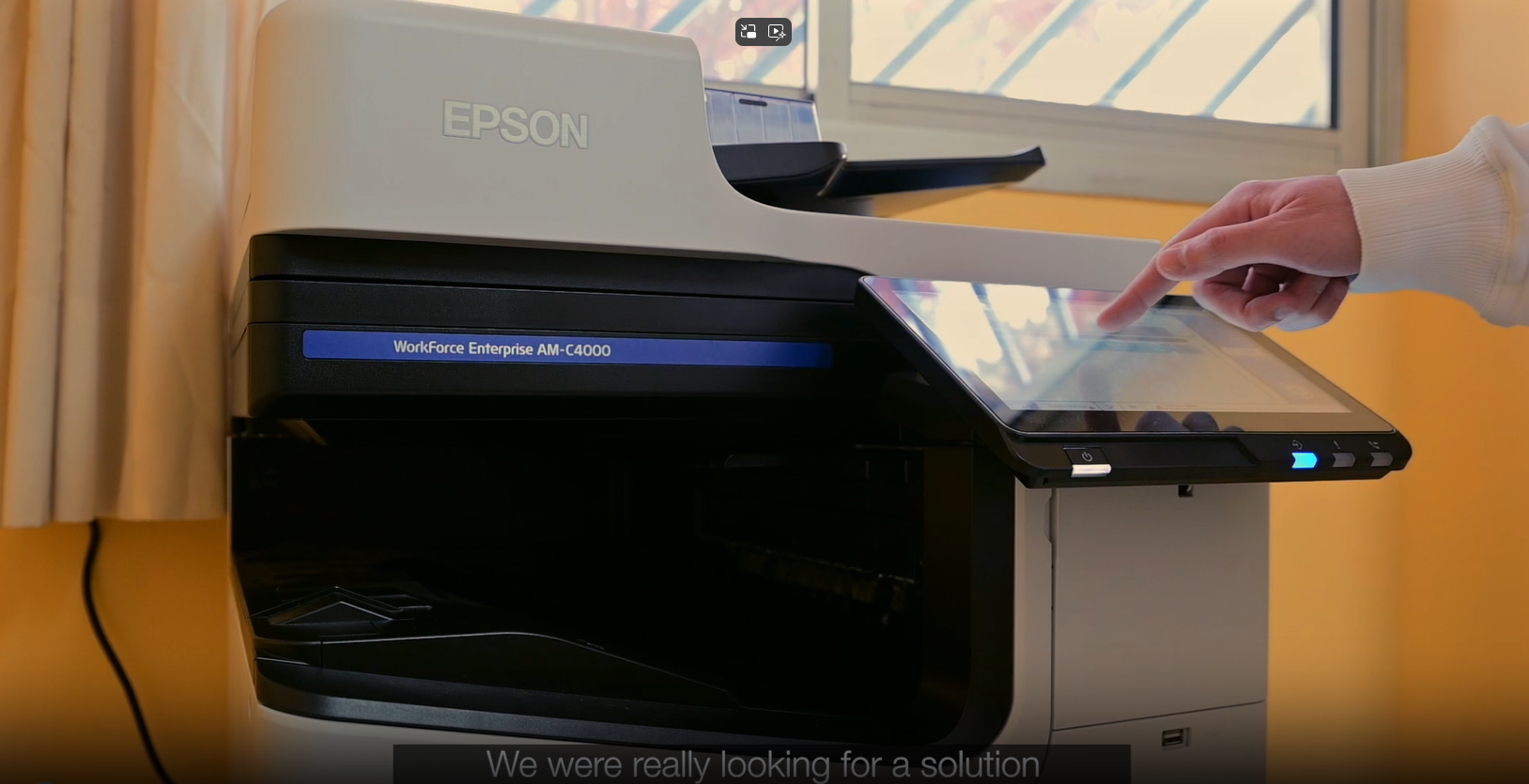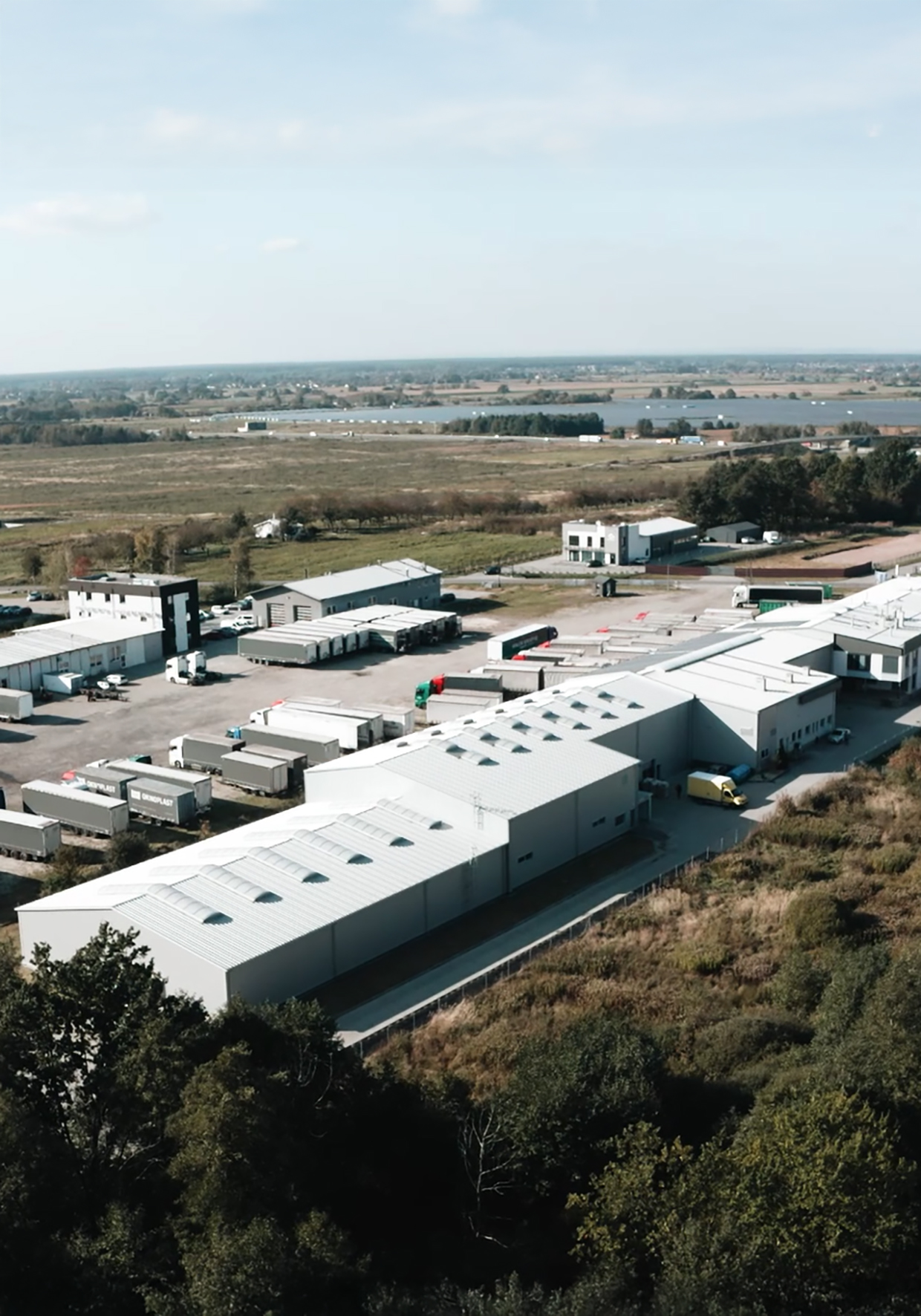Linden Comprehensive School
The installation of around 80 short-throw projectors and eight printer systems from Epson is part of Linden Comprehensive School in Hanover’s digitalisation strategy. In a modern school environment, technologies that are common place in an office are now being considered for the classroom. Linden Comprehensive School (IGS) teaches around 1,400 children from the fifth to the thirteenth grade in Germany. Forty five percent of which are from migrant families.
Linden Comprehensive School (IGS) teaches around 1,400 children from the fifth to the thirteenth grade in Germany. Forty five per cent of which are from migrant families.
“All children are welcome”, as the headteacher of Linden Peter Schütz explains. “No child who has attended one of the primary schools in our town district catchment area is excluded.” This means that a total of 125 pupils with special educational needs in learning and emotional and social development are supported in 36 inclusion classes. Of a total of 140 teachers, 20 are specialists in this field.
Pilot project for digitalisation in schools
“We started digitising educational content around six years ago, with a small tablet project.” said Peter Schütz. We presented it to the regional government, who decided to implement a pilot project for digitalisation across six schools in Hanover, IGS Linden was one of the pilot schools.”
“From there, the step towards purchasing Epson projectors was only very small,” continued Peter Schütz. “This was because we had already looked into products from many different manufacturers and had noticed that Epson's product range was far advanced in terms of adapting projectors for use in school environments.”
Epson projectors were then acquired for all schools taking part in the pilot project. IGS Linden alone kitted out each of its 80 classrooms and specialist teaching rooms with Epson EB-695Wi ultra-short-throw projectors and replaced the old boards with whiteboards in the middle of 2017.
Interesting lessons with Epson projectors
The projectors are part of a technical concept connecting everything from whiteboards and computers to the device control. “Working with this combination is fantastic,” said Peter Schütz. “We gave our teachers tablets to easily present the content.” The projectors are simple easy-to-use. After they have been switched on, the whiteboards can be used just like traditional boards with pens or finger touch.
In practical lessons, the tablet means that the teacher has a small board directly in front of them. They can write key words on this and they will automatically appear on the whiteboard. The teacher can approach the pupils and communicate with them directly. In turn, the pupils are able to present their answers via the projector – this is a way of working that permits greater interaction between teacher and student. The multi-PC projection software supplied with the equipment also helps the teachers and pupils to use digital content together and work simultaneously.
Another plus-point in terms of practicality is that the teachers are able to combine work results in one file and can exchange them with others over the network or send them via email. “The projectors provide us with much better support than was previously possible with analogue working methods,” explains Peter Schütz. “This type of teaching also helps us to work with our multicultural mix of students.”
Digitalisation is well-received by the pupils. Fifty per cent of parents register their children for classes with tablets. As part of the regional government’s pilot project, the schools are able to provide these. From grade 11, all pupils have the option to working with the tablets.
Overall, Peter Schütz is delighted with the Epson projectors: they work reliably, the display quality is excellent in daylight, the picture is distortion-free, and with a diagonal length of up to 100 inches (2.54 m), it is large enough to be seen easily even from the back of the class. The running costs are also low thanks to the long lamp life of 4,000 hours, which corresponds to around four years of operation in economy mode.
Environmentally-friendly and economical: Epson inkjet printers
The IGS Linden also installed a total of eight A3 inkjet printer systems from Epson in the secondary level I part of the school at the beginning of 2018, which replaced two old laser printers.
Seven of the WorkForce multifunction devices are able to reach printing speeds of up to 35 pages per minute. They have been set up so that they are available to teachers in secondary level I buildings without them having to travel far across the site. The most powerful of the printers, a WorkForce Enterprise multifunction printer is able to print up to 100 pages per minute was installed centrally in the middle of the school library and can also be used by pupils or for personal printing – however this must be paid for separately.
Peter Schütz emphasizes that printing and photocopying work materials is still important in this era of digitally-enhanced lessons. Even in the future children will require a tactile reference point and “as a school, we are also committed to keeping all learning materials in paper form,” he explains.
The headteacher explained that the school also chose Epson when selecting the printer systems so that the projectors could be networked with the printers at a later point in time, and that the requirement profile for the systems was extensive. Since IGS Linden is certified as a European environmental school (“Umweltschule Europa”), the multifunction printers also had to be economical and energy-efficient. Laser printers were also not an option because inkjet systems have a significantly lower power consumption (up to 95 per cent). They also significantly reduce waste, because the business inkjets from Epson use large packs with water-based inks (RIPS technology) instead of toner cartridges. Automatic, two-sided printing, scanning, copying and faxing also saves paper.
“Furthermore, we had to be extremely careful with our calculations”, explained Peter Schütz, “because printing and copying – coming to around 200,000 sheets per year at IGS Linden – is not financed by the municipality. Instead, it comes from parental allowances, and some parents are not particularly wealthy. In addition, the lessee for the printing systems is also not the school itself but the IGS Linden support association.” Although more devices are installed now than ever before, the financial burden for parents has not increased so far.
Tracking usage and calculating the total number of pages printed was also important to the school. Papercut now fulfils this task with special software, relieving teachers who no longer need to keep a tally of the number of copies they have made.
Cooperation on-site with partners
Peter Schütz is impressed with the Epson partner Office Hoch 5, who planned and installed the equipment. The office specialist based in Hanover can be on site quickly and offer a good, flexible service. The headteacher emphasizes that providers need to understand the needs of schools to be able to offer suitable solutions in this sector. “From the first discussions and contract negotiations with Office Hoch 5, to the bid and test phases and the installation of the software and devices, everything ran exactly as we had agreed”, he said. He hopes to continue this trusting cooperation, including future projects such as equipping the secondary level II with inkjet printers.






